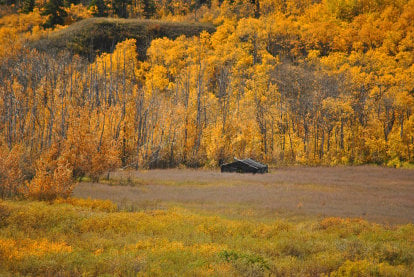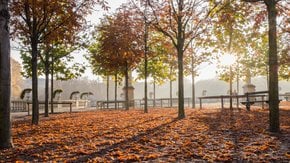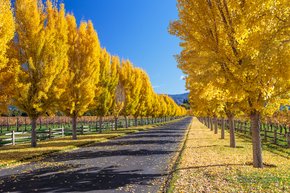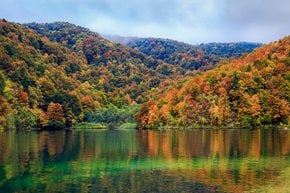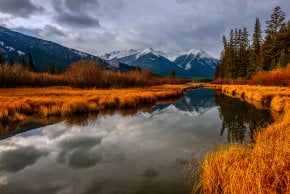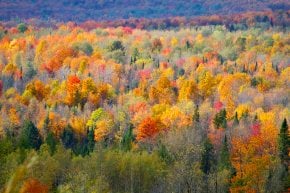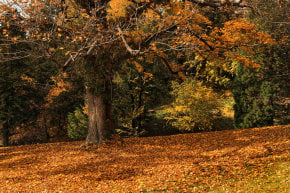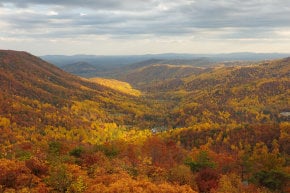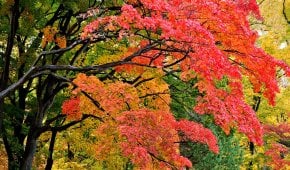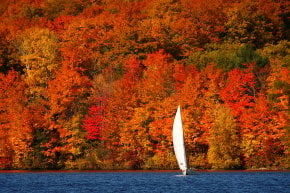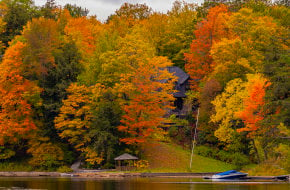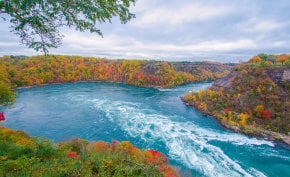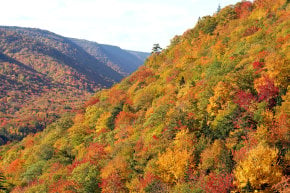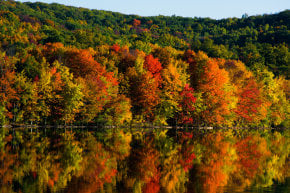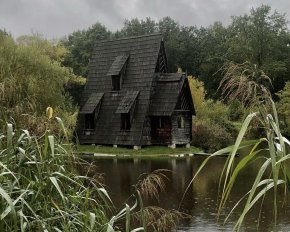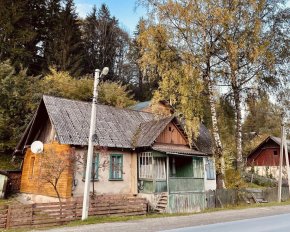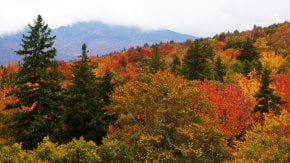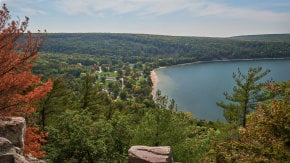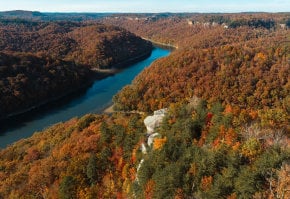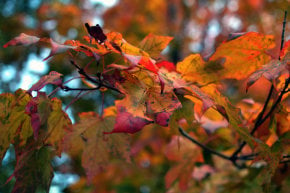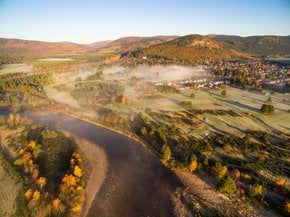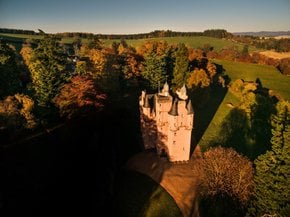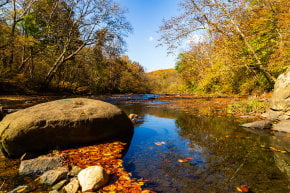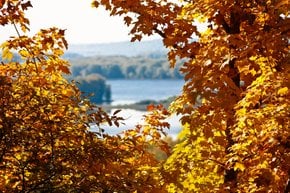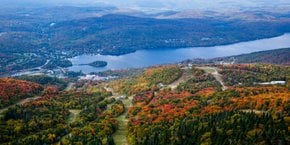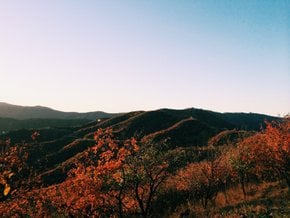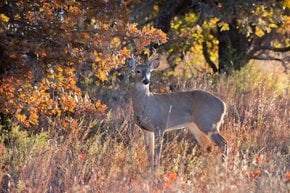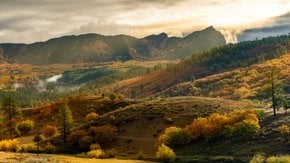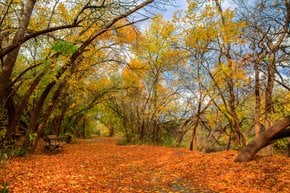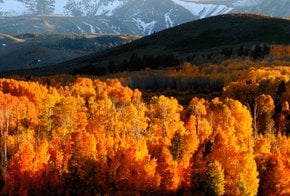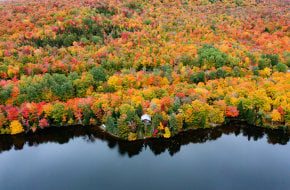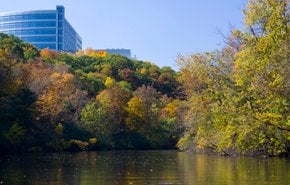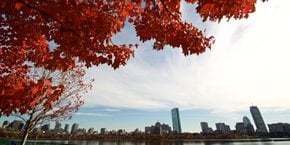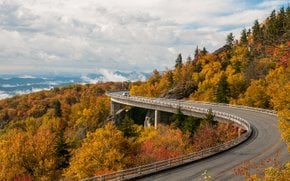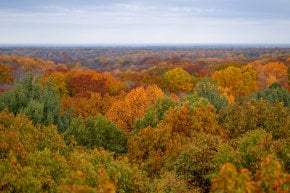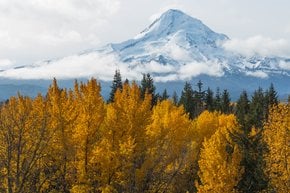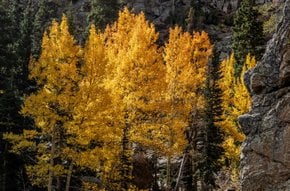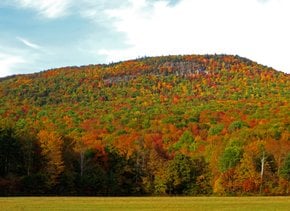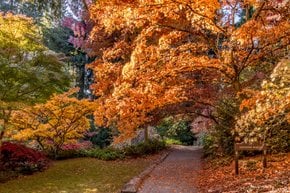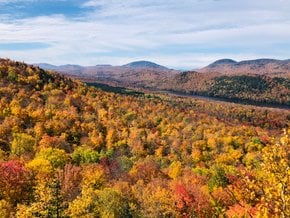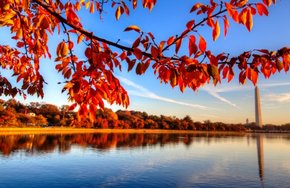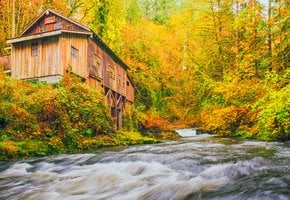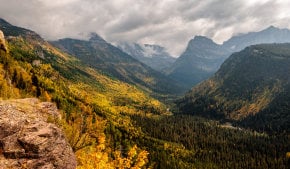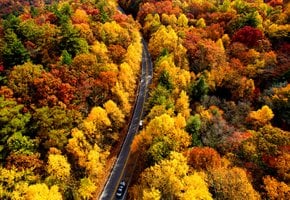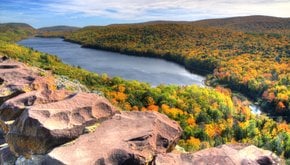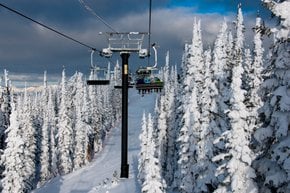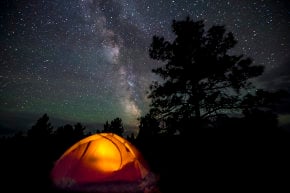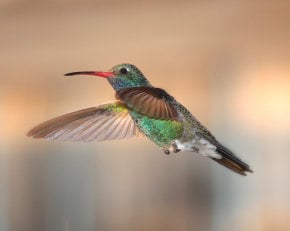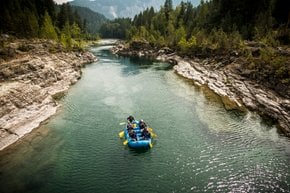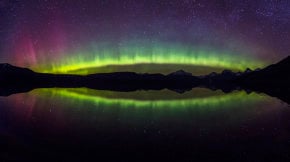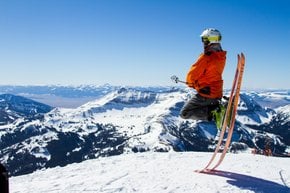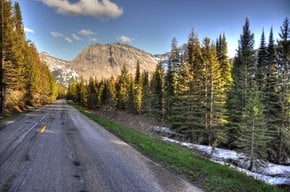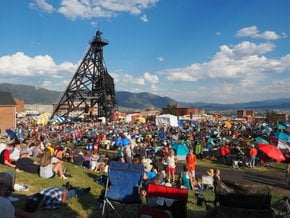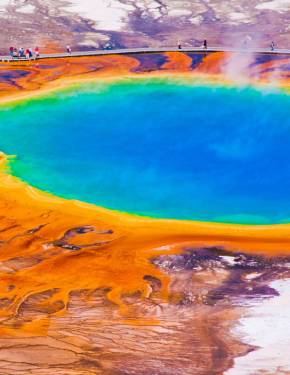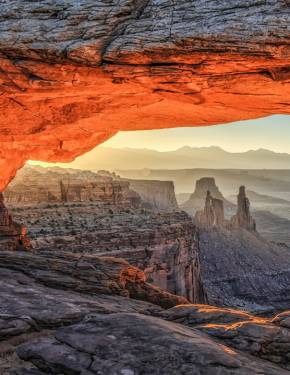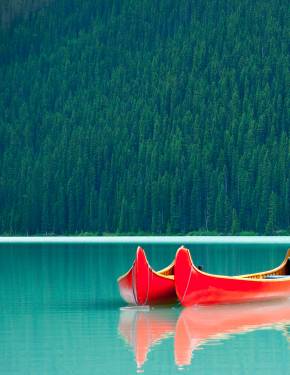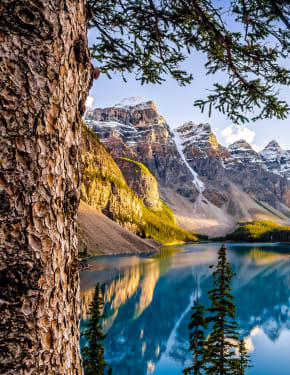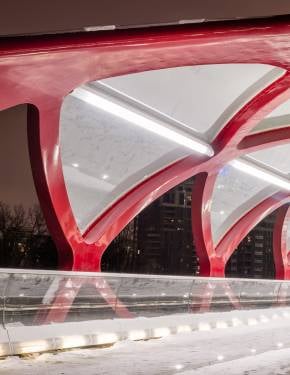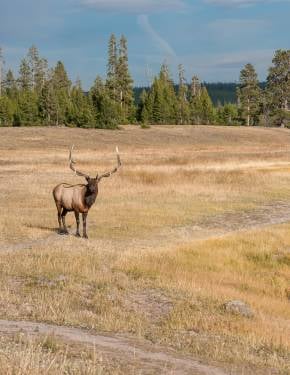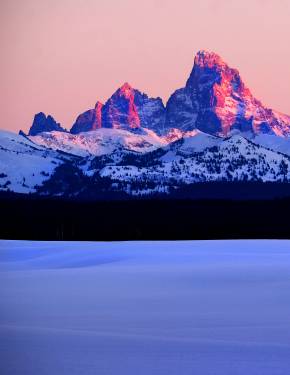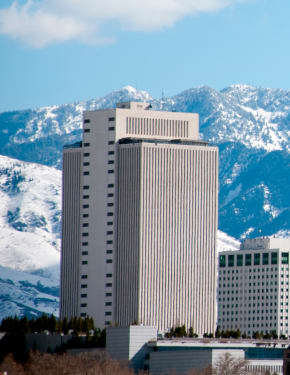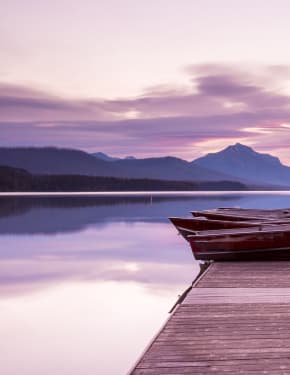Montana Fall Colors 2026
Fairy-tale like landscapes in America's most popular national parks
Best time: mid-September–late October
From Glacier National Park in the North to Yellowstone in the South, Montana is a nature lovers' paradise with over a million acres of wilderness, mountains, glaciers, and dense forests. In the fall, the Big Sky Country dresses up in gold and bronze with amazing foliage displays in every corner.
When is the best time to see Montana fall foliage
Fall foliage season arrives in mid-September. At that time, you can view beautiful colors in northern parts of the state, in particular, at higher elevations in Glacier National Park. In central Montana, peak fall colors can be viewed from late September to early October. Amazing Western larch (Larix occidentalis) trees with their golden needles begin changing only in mid-October. In Yellowstone National Park, fall colors can be viewed from mid-September in higher elevations to early October in lower areas.
Fall Leaves in Glacier National Park
One of the most scenic parks in Montana, Glacier National Park offers numerous hiking options and picturesque spots to witness fall foliage. The North Fork of the Flathead River boasts many aspens that show off golden hues quite early in the season. Higher elevations are rich with Western larch trees that turn yellow later on. Bowman Lake could be the most scenic destination in the area because of its lush forest, which looks simply stunning in the fall.
Visit the shores of Lake McDonald for the fieriest display of colors, or head to Essex for some river views. Take a scenic rafting trip along the Middle Fork Flathead River. In East Glacier, visit Two Medicine Valley, particularly the Lower Two Medicine Lake, to photograph beautiful fall foliage reflections.
Scenic Ride in Glacier National Park
Finally, ride the scenic 50-mi Going-to-the-Sun Road, which crosses the park from west to east. The west side of the road up to Logan Pass is especially scenic due to panoramic views of the valley and aspens bursting in color. When you finally get to St. Mary Lake on the east side, there are more spectacular trees to see. The Going-to-the-Sun Road operates until mid-October. The gate is then moved to Avalanche Creek or Lake McDonald Lodge due to weather conditions.
Schedule & Tickets to the Park
The summer season is extremely busy in Glacier National Park, which makes fall the perfect time to visit. The park operates 24 hours a day throughout the whole year, except for national holidays. To enter Glacier National Park, you need to purchase an admission pass. There are several options, including a standard pass, which costs $20 per person, $30 per motorcycle, $35 per car, and an annual pass, which costs $70. Military personnel, the elderly, and families with children in 4th grade can apply for discounted America the Beautiful Pass.
Fall Foliage in Yellowstone National Park
The northern entrance to the Yellowstone National Park can be easily accessed from Gardiner, Montana. Yellowstone bears the title of the first national park and boasts spectacular landscapes of trees and wildlife, especially during fall. The grounds are open year-round. However, most of the facilities are closed from November until April, with many closing in late September or October. Only the North and Northeast entrances are open throughout the whole year. Similar to Glacier National Park, Yellowstone requires entrance passes, which cost $20 per person, $30 per motorcycle, and $35 per car. An annual pass costs $70.
Lamar Valley
Some of the most beautiful fall destinations in northern Yellowstone include Lamar Valley. This remote area is rich in cottonwoods and wildlife. Herds of bison, pronghorn, bald eagles, coyotes, grizzly bears, and deer are frequently seen there in the fall. Additionally, the grasslands are one of the most frequented spots to witness wolves in all their glory. It's advised to keep a safe distance from the animals, both predators and prey.
Custer Gallatin National Forest
Custer Gallatin National Forest is a fall foliage paradise that lies along the Yellowstone River and is one of the integral parts of the Yellowstone ecosystem. Boasting an expansive area of 3 million acres (1,2 million ha), the forest offers two wilderness areas to explore, including the Absaroka-Beartooth Wilderness and Lee Metcalf Wilderness.
Absaroka-Beartooth Wilderness stretches just east of Gardiner or the Gallatin Wilderness to the north and west, while Lee Metcalf area is situated to the west in the Madison Range, along the Madison River. Both regions have their own charm, with deep woodlands and lakes in Absaroka-Beartooth and canyons and sharp ridges in Lee Metcalf.
Fall Leaves in Bitterroot Valley
The Bitterroot Valley, south of Missoula, is a true leaf-peeping heaven with a kaleidoscope of fall colors in every direction. Take a 96-mile (154 km) scenic drive through the region on Highway 93, surrounded by Bitterroot Mountains on one side and Sapphire Mountains on the other. The beautiful Bitterroot River is framed by golden and bronze leaves, especially around Hamilton, and is one of the best spots for trout fishing.
Bitterroot Valley Hikes
Fall is the perfect time for hiking due to moderate temperatures and beautiful views, so consider challenging yourself with a hike to the Bitterroot Mountains. Blodgett Canyon trail will take you on a beautiful journey along steep cliffs, with a final stop at the canyon. By hiking several miles from the Canyon, you can witness a gorgeous waterfall.

